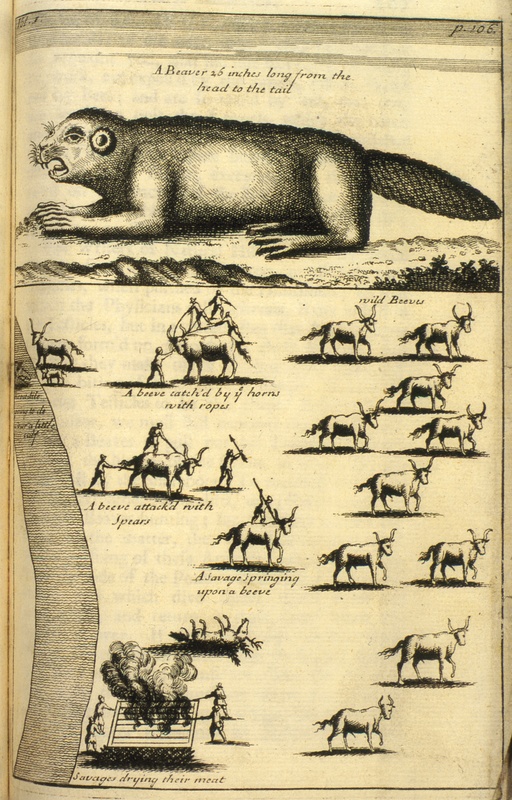Wikipedia tells us that the Gray Fossil Site is a Late Miocene-epoch assemblage of fossils located near the unincorporated town of Gray in Washington County, Northeast Tennessee, and dates from 7 to 4.5 million years BCE). The Gray Fossil Site was discovered by geologists in May 2000. They were investigating unusual clay deposits turned up during the course of a Tennessee Department of Transportation highway project to widen State Route 75 south of its intersection with Interstate 26.
Apparently the freeway path was redesigned by governor’s order so the site could be protected. It contained such unexpected Tennessee inhabitants as tapir and red panda. And now two kinds of beaver.
Red panda, beaver, horse, camel specimens all part of Fossil Site dig season
“We have dug probably less than 2 percent of the entire site,” he said. “When you think of how big the site is, and how deep the site is, and all of these little pits that we’ve dug here and there … we’ve dug so little, yet we’ve found so many cool things.”
Wallace said a second type of beaver was also uncovered this year.

“We do have beavers at the site, and for a long time we only had one kind. It was about the size of a muskrat,” he said. “This last summer out on the spoil piles, which were from the original construction of the museum itself, one of our workers actually found a foot bone that’s basically a modern-sized beaver.
“It looks like we have two different species of beaver at this site. My guess is the one that’s the size of the modern beaver was probably living a lot like a modern beaver, but the smaller one probably was filling the modern role of a muskrat or something along those lines.”
Now there’s something you don’t see every day. Folks in Tennessee excited about beaver! That’s pretty cool. When I bought my castoroides skull copy at the Bone Room in Berkeley, the owner suggested I also look at the pricey fossilized beaver tooth. My pocket book was very happy he couldn’t find it amongst the million treasures he showed that day so I got to preserve some dollars in their natural habitat. Whew.
Let’s have some more recent history, shall we?

Now some 300 years later…
The beavers are back in our north meadow. They made their first dam there some 30 years ago, but like prudent farmers, they leave at intervals to let the area regenerate. Their return improves the human neighborhood. In fact, having beavers next door is like visiting Switzerland; they’re so sensible and they have their affairs so well in hand that it can be embarrassing to those of us who are neither Swiss nor beavers.” — Nicholas Howe, “The Comfort of beavers”.
These were sent by beaver-friend Malcolm Kenton during his Christmas vacation to North Carolina. They are from the April 1996 issue of Yankee magazine in his old archive at his mother’s.


 On our last days of 2013 remember to make some important beaver history of our own!
On our last days of 2013 remember to make some important beaver history of our own!






































